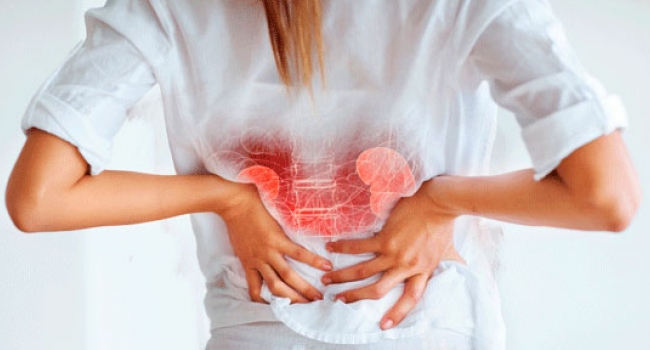What should you eat if you have kidney disease?
 21:26 10 May, 2018
21:26 10 May, 2018People with chronic kidney disease need to limit the amount of potassium they consume because their kidneys cannot process potassium properly, causing it to build up in the blood.
According to Medical News Today, medications used to treat kidney disease can also raise potassium levels. One the best ways to manage potassium levels is by making dietary changes. This may mean avoiding high-potassium foods and replacing them with low-potassium alternatives.
High-potassium foods to avoid
People with chronic kidney disease or CKD should avoid or limit foods that are high in potassium.
High-potassium levels can cause serious symptoms, including an irregular heartbeat and muscle cramping. Low-potassium levels can cause muscles to become weak.
A doctor or dietitian can help explain the right amount of potassium to consume for each person's unique situation.
Some high-potassium foods that people with CKD should limit or avoid include:
- nuts
- beans and legumes
- potatoes
- bananas
- most dairy products
- avocados
- salty foods
- fast foods
- processed meats, such as luncheon meats and hot dogs
- bran and whole grains
- spinach
- cantaloupe and honeydew
- tomatoes
- vegetable juices
Dietary restrictions can help prevent further damage to the kidneys in those with CKD.
Low-potassium foods to add
Low-potassium foods are a safer option for people with CKD. According to the American Kidney Foundation, a potassium-restricted diet allows for 2,000 milligrams of potassium daily.
However, a doctor or dietitian is in the best position to advise a person on their individual needs.
There are plenty of foods that are low in potassium. For these foods, a half cup is the recommended serving size.
Eating more than one serving can turn a low potassium option into a high potassium snack, so it is essential to stay within the recommended guidelines.
Low-potassium foods include:
- apples, apple juice, and applesauce
- most berries, including blackberries, blueberries, strawberries, and raspberries
- grapes and grape juice
- pineapple and pineapple juice
- watermelon
- asparagus
- broccoli
- carrots
- kale
- cabbage
- cucumbers
- white rice, noodles, and bread (not whole grain)
- zucchini and yellow squash
About potassium
People should not cut out potassium entirely, as it is an essential nutrient that helps manage many of the body's functions.
Potassium has many essential roles in the body, including:
- helping the muscles contract
- maintaining electrolyte balance
- regulating blood pressure
- keeping the heart functioning correctly
- aiding in waste removal
- promoting cell growth and health
- delivering oxygen to the brain
- stabilizing the metabolic process